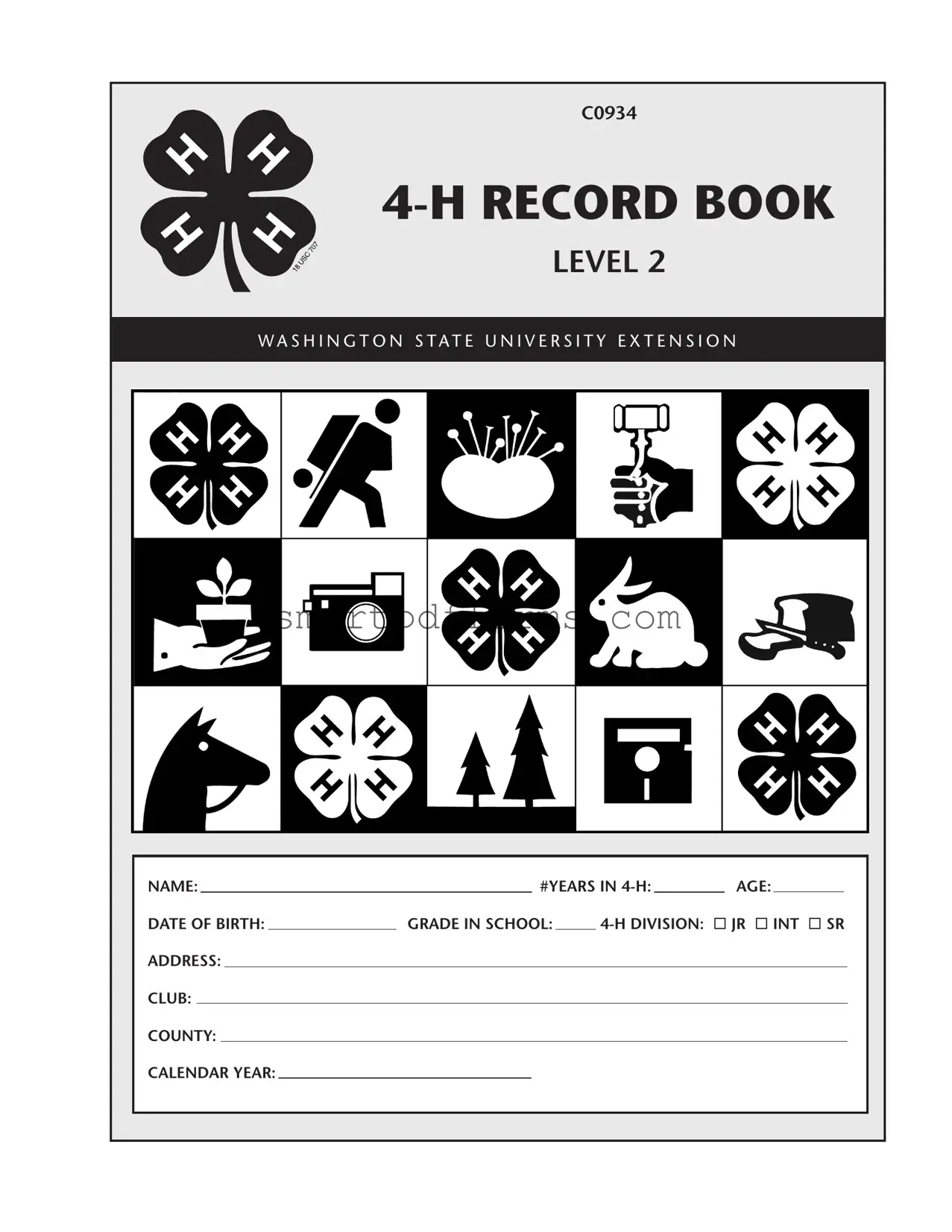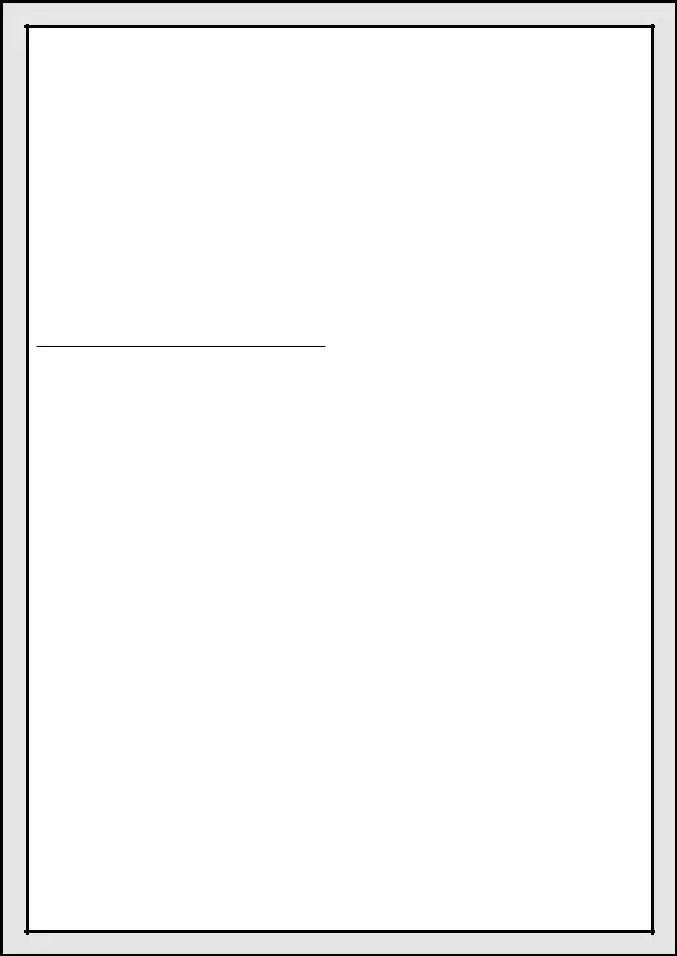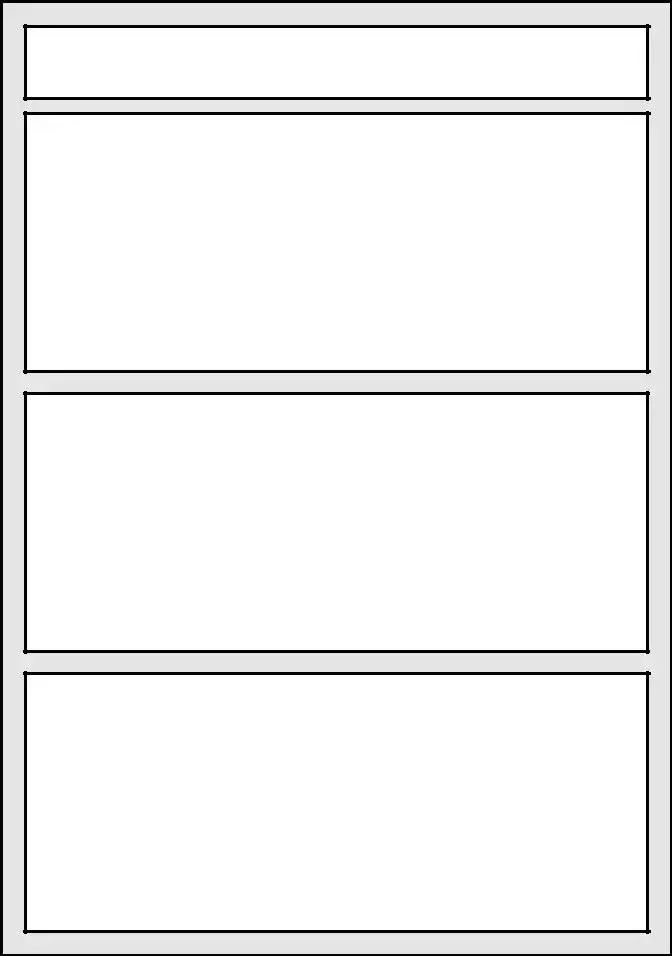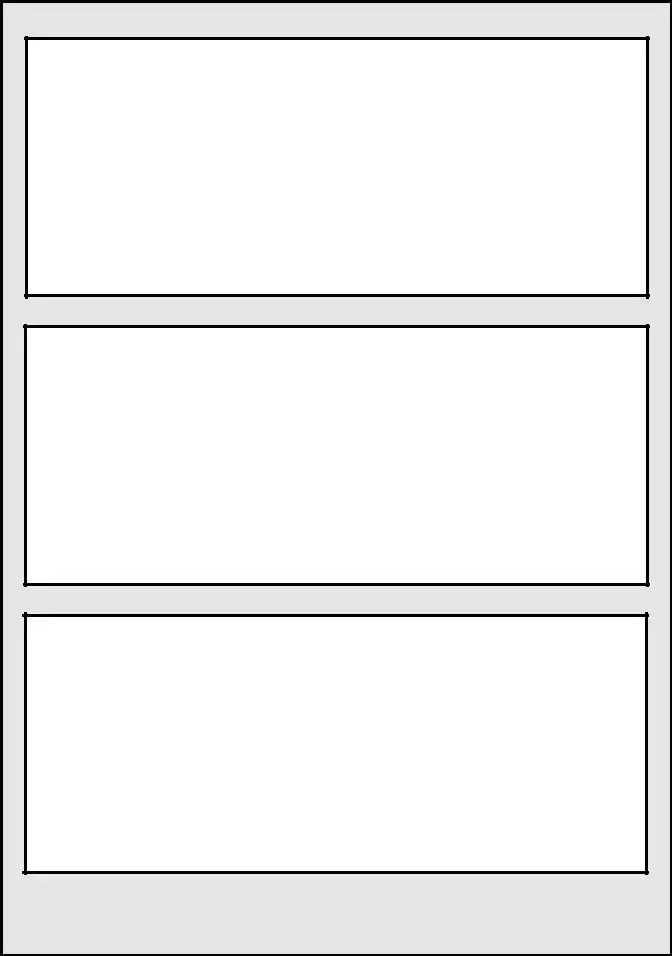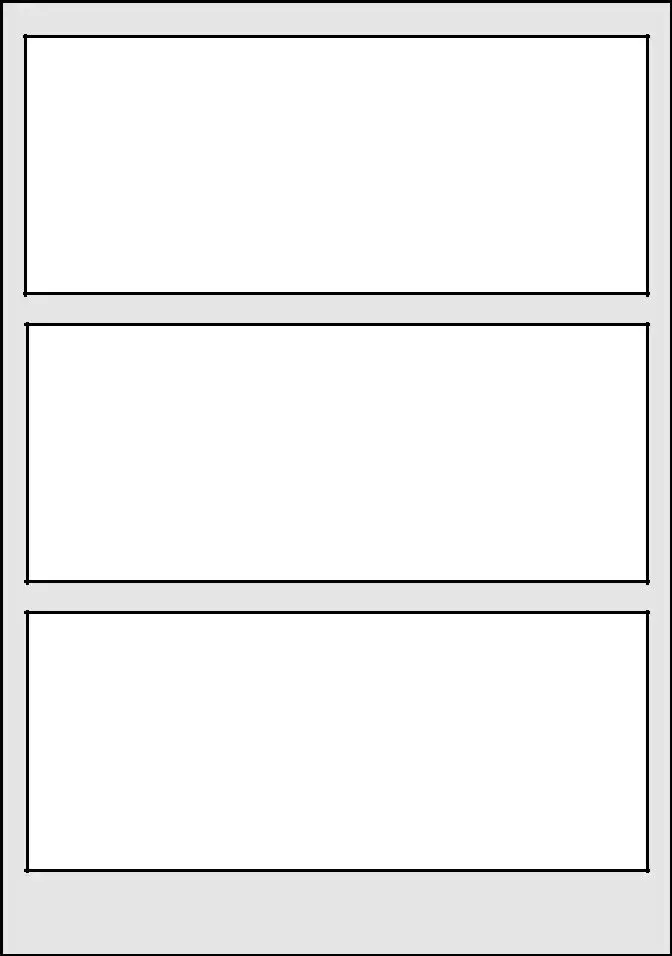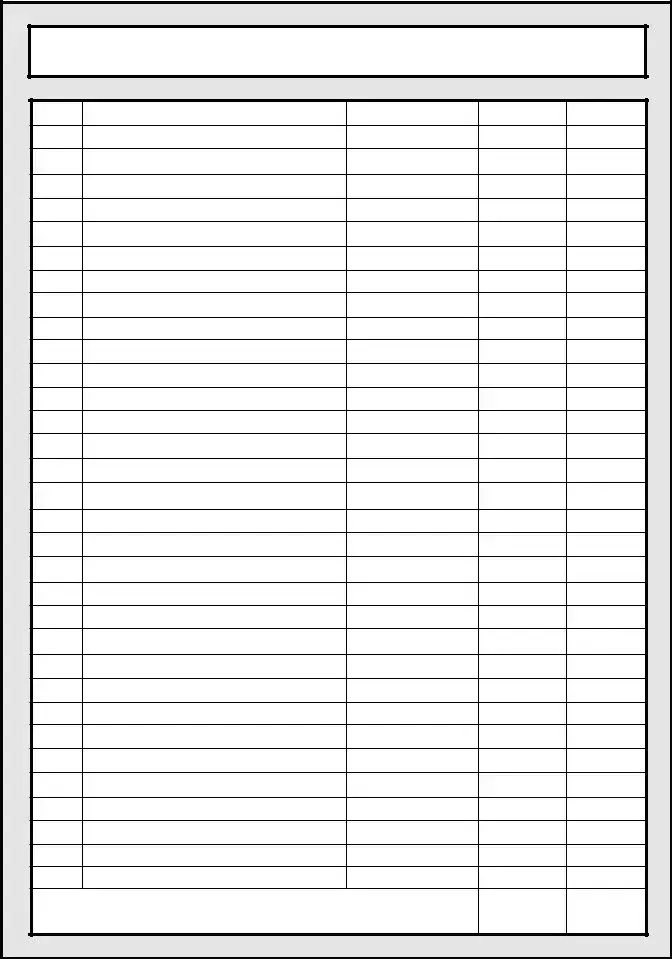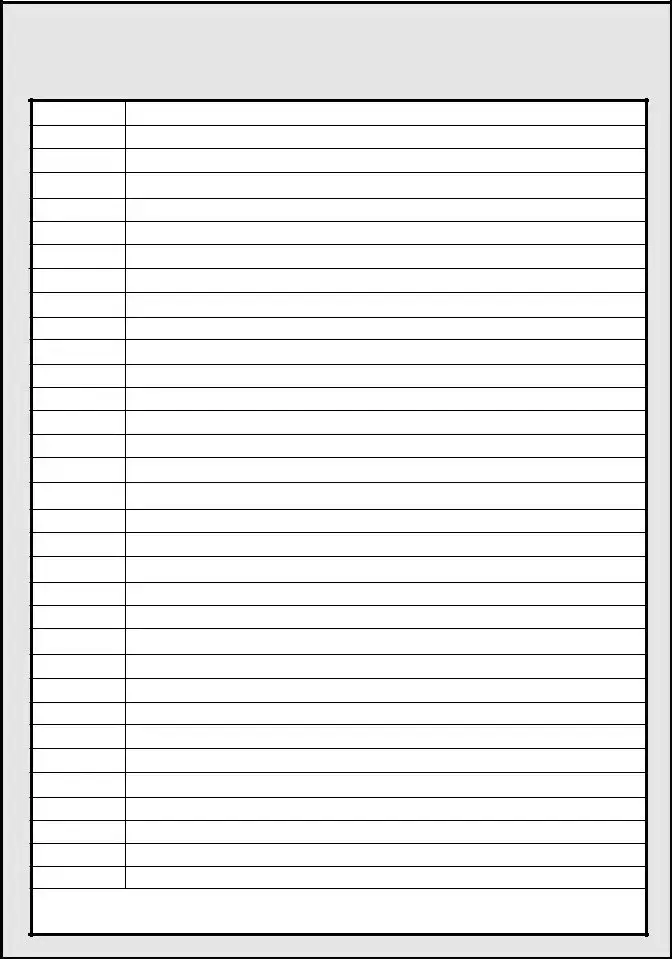INSTRUCTIONS
•Use this record book for all the things you do in 4-H this year. Put it in a notebook with your other records. Separate each section with a tab. Each project should also have a tab. Keep the project commitment, project journal, project highlights, and financial summary for each project together.
•You may also want a scrapbook in which to keep ribbons, certificates, and programs.
•Use your records to look back at your progress during the year. This will be helpful when you make plans for next year.
•When you complete your 4-H program for this year, write your 4-H story.
•The record book is your personal work. Keep it current as the year progresses. Do your own handwriting or typing.
My 4-H Planning Calendar. Write down the events and activities you will be involved in. Keep track of important events such as 4-H meetings, county fair, camp, and project-related activities.
My 4-H Projects. Use a separate project commitment, project journal, project highlights, and financial sum- mary for each of your projects.
Project Commitment. This is an agreement between you, your project leader, and your parents about what you want to learn and how they will help you. Obtain the required signatures.
Project Journal. Complete one of these forms for each project in which you enroll.
If you need more space for the project journal, add more pages. For some projects you may wish to use the journal as a weekly summary of what is recorded in your add sheets or on work sheets you have created.
Headings for the project journal:
•Date.This is a log of your actions. Keep it up to date.
•What did you do or make? List, in order, the things you did or made (purchased supplies, cooked dinner, taught my dog to heel).
•How much?/How many? How much did you buy? How many people did you serve? If this column doesn't apply to what you did, leave it blank.
•Cost. What was the total cost of the items you purchased? If you used feed or other materials given to you by others, estimate the cost. For many other things you do, such as teaching your dog to heel, there will be no cost or income.
•Income/Value. What was the amount you received for items sold, or the estimated value of items you made or raised that were used at home?
•Time. Estimate the time you spent on this action related to your project. For some activities you may want to summarize weekly or monthly hours spent.
•Comments and what you learned. Briefly tell what problems you had, things you learned, and how you feel about what you did or made.
Project Highlights. Look back at your project commitment. Did you learn what you planned to learn? What problems did you have to solve? What were your main successes? What would you do differently if you did it again, knowing what you know now?
Financial Summary. This is a summary of your project's financial value, what you spent, and what you earned during the year. It summarizes your project journal. Do an inventory when you start your records each year and when you close your records. The difference between what you own from the start to the close of the project is part of your profit or loss for the year.
Project Add Sheets. There may be add sheets for projects with special planning or recording needs (breeding records, milk records, garden plan).
Use the add sheets for your project as well as the project journal.
Permanent 4-H Record. Use this to record your participation in leadership, public presentations, demonstrations, judging, and other activities and contests during the years you are in 4-H.
My 4-H Story
Narrative. Write your story for the year in narrative form. Write as though you are actually talking to the reader. Your story should have four parts and be no longer than two sides of one page.
Introduce yourself.
Write about your projects. Do not repeat the project highlights.
Share your 4-H club experiences and how you were involved in your community and school.
Write about how you have changed as a result of your 4-H experience.
Supplemental Information. This section is limited to two sides of one page. It should be related to your club, community, or school. It may contain pictures, news clippings, or letters. All items should be captioned.
